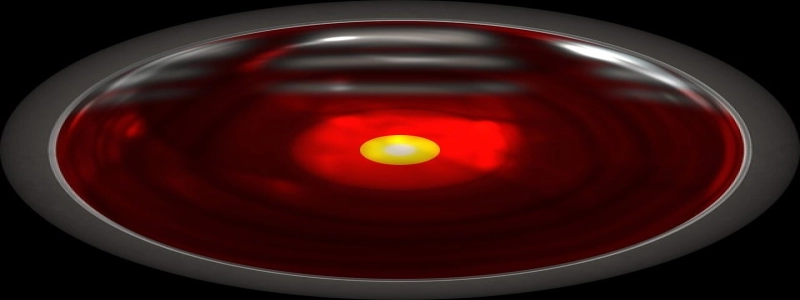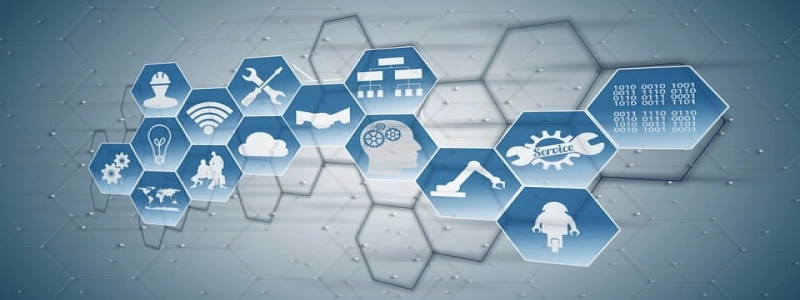I2C Data Rate
Introduction
The I2C (Inter-Integrated Circuit) protocol is widely used for communication between integrated circuits. It allows multiple devices to be connected on the same bus, and data can be transferred bidirectionally. One of the key considerations when using I2C is the data rate at which the communication takes place. In this article, we will explore the different data rate options available for I2C communication and their implications.
I. Understanding I2C Data Rate
I2C data rate refers to the speed at which data is transferred between devices on the I2C bus. It is measured in kilohertz (kHz) or megahertz (MHz). The data rate determines how fast the communication can take place and directly impacts the overall performance of the system.
II. Standard Data Rates
The I2C protocol supports standard data rates of 100 kHz (standard mode) and 400 kHz (fast mode). The standard mode is commonly used for low-speed communication, while the fast mode enables faster transfer rates.
III. High-Speed Modes
In addition to the standard and fast modes, the I2C protocol also supports high-speed modes for even faster data transfer. These high-speed modes include Fast-mode Plus (1 MHz), High-speed mode (3.4 MHz), and Ultra Fast-mode (5 MHz). These modes are designed for applications that require high-speed communication.
IV. Factors Influencing Data Rate Selection
When choosing the appropriate data rate for I2C communication, several factors should be considered:
1. System Requirements: The data rate should match the requirements of the system. High-speed modes may be necessary for time-critical applications, while standard or fast modes may suffice for less demanding tasks.
2. Cable Length: The length of the cable connecting the devices can affect the data rate. Longer cables may experience signal degradation at higher data rates.
3. Noise Immunity: Higher data rates can be more susceptible to noise and other interference. Care should be taken to ensure proper signal integrity.
4. Power Consumption: Higher data rates typically require more power for transmission. Considerations should be made to balance data rate requirements with power constraints.
V. Conclusion
The selection of the appropriate data rate for I2C communication is essential for achieving optimal performance in a system. The standard, fast, and high-speed modes offer different options to meet the needs of various applications. Considerations such as system requirements, cable length, noise immunity, and power consumption must be taken into account when determining the ideal data rate. By carefully evaluating these factors, designers can ensure efficient and reliable communication using the I2C protocol.








